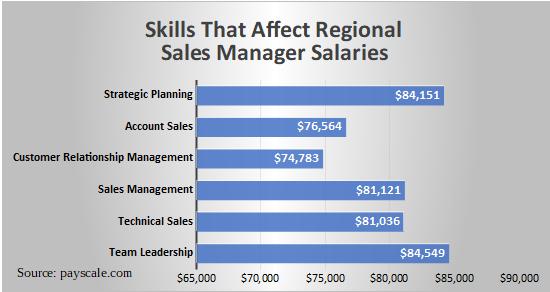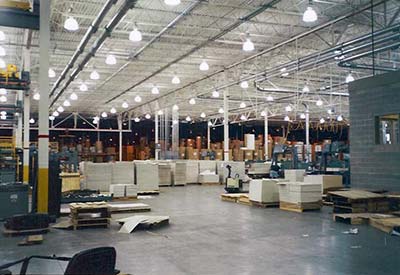Jim Carroll: 3 Ways Energy Innovation Will Heat Up in 2016

Feb 01 2016
Jim Carroll
From advances in renewables to data-driven efficiencies and empowered consumers, 2016 offers the opportunity to shape the future of energy. In my view, 2016 will prove to be a watershed year when it comes to sustainable energy. Years from now, we’ll look back and realize that a variety of technological, design and demographic trends drove the power sector forward, accelerated by one key event — the Paris climate accord.
Photo: www.womens-forum.com
The accord will prove to be a huge motivating factor for both individuals, as well as the industrial and utility sector, to start to think bigger in terms of what can be done with smart energy systems and non-carbon technology.
For the first time, we have a global consciousness that the time is right to try to accomplish something unique — to apply our technological, design, architecture and analytical capabilities to come up with solutions that will help to drive down our reliance on a carbon economy.
It’s happening at two levels. Individuals and small energy cooperatives are leading the charge through small crowdfunded initiatives, or through what has come to be known as the “maker” economy.
In addition, Paris will encourage large utilities to move faster with alternative energy opportunities. They’ll take a closer look at what they can do to help to achieve the bold goals of a cleaner energy future. They’ll be less willing to take criticism over those who might browbeat them over economic models that might sometimes be marginal. But going forward, it won’t just be the financial return on investment that matters, but the social return as well.
Here are a few predictions for the energy sector in 2016 and beyond.
The most promising breakthrough in renewable power will likely be a massive amount of innovation throughout every aspect of the sector. This is coming about because of our ability to apply more connectivity and computer intelligence to every single aspect of renewables, whether it’s generation, transmission, or deep analytics into the efficiency of operations.
Essentially, what I think is happening is that the rule of Moore’s Law is rapidly coming to renewables. This “law” — predicting that the processing power of a computer chip doubles ever year while the cost is halved — is coming to the manufacturing process of renewable technology, to the infrastructure built into renewables, and to the systems that drive renewable use.
It’s almost as if it’s 1981, when the arrival of the personal computer caught the imagination of thousands of hackers and developers. And the rest is history. I think we are at the same tipping point with renewables, particularly small-scale energy generation.
Some of the most fascinating innovations are occurring in the global “maker” and crowdfunding initiatives. People interested in solar development are building small communities in which shared insight is accelerating the pace of pure science. This globally connected mind is turning itself toward solving some unique challenges in the world of energy and renewables.
Big Data will enable the power sector to add far more intelligence to the grid, and to have far better insight into operational conditions. Most of the grid today is pretty dumb: it’s built for one-way transmission, from big energy production facilities out to homes and industries. But there is a tremendous amount of investment in creating a two-way, intelligent and interactive grid. This changes everything, allowing us to more easily accommodate and utilize the energy production occurring in a more distributed world.
In homes across the world, the Internet of Things will enable energy consumers to build their own micro-climate monitoring systems, and better manage their personal energy infrastructure usage.
Consider this: it’s entirely feasible today for someone with just a little bit of technical knowledge to build their own local micro-climate weather monitoring system. Now imagine that you can link it to your intelligent home energy thermostat, one of the fastest-growing home-based IoT categories. Go a step further — add some solar, wind or biomass energy-generation capability — and link your own personal Big Data to that technology, in order to come up with the most optimal time to generate your own power.
Expand that to what’s possible in the industrial sector. Global companies with large-scale facilities now have the ability to monitor and manage all their energy infrastructure worldwide from one central data viewpoint. They can see what is necessary to reduce usage, avoid cost and be more intelligent about how energy is deployed.
I’m a big believer that we are on the edge of “real magic” when it comes to the future of energy and utilities. It’s not just the trends above; it’s the fact that we have new solutions that didn’t exist before, such as intelligent lighting technology that is so advanced that it is hard to put the efficiency it provides into perspective.
From my view, the future of energy is all about opportunity.
Jim Carroll is a futurist, trends and innovation expert, with clients that include NASA, the PGA of America, PG&E, the Swiss Innovation Forum and many others. He speaks worldwide on the trends that will impact industry, and the innovation opportunities that result from embracing the fast pace trends of the future.
This article was first published as a GE Report on January 10, 2016; http://www.gereports.com/jim-carroll-3-ways-energy-innovation-will-heat-up-in-2016.
Watch for more on energy industry innovation in the next issue of CEW, which will report on an International Electrotechnical Commission look at present and future energy storage needs.











